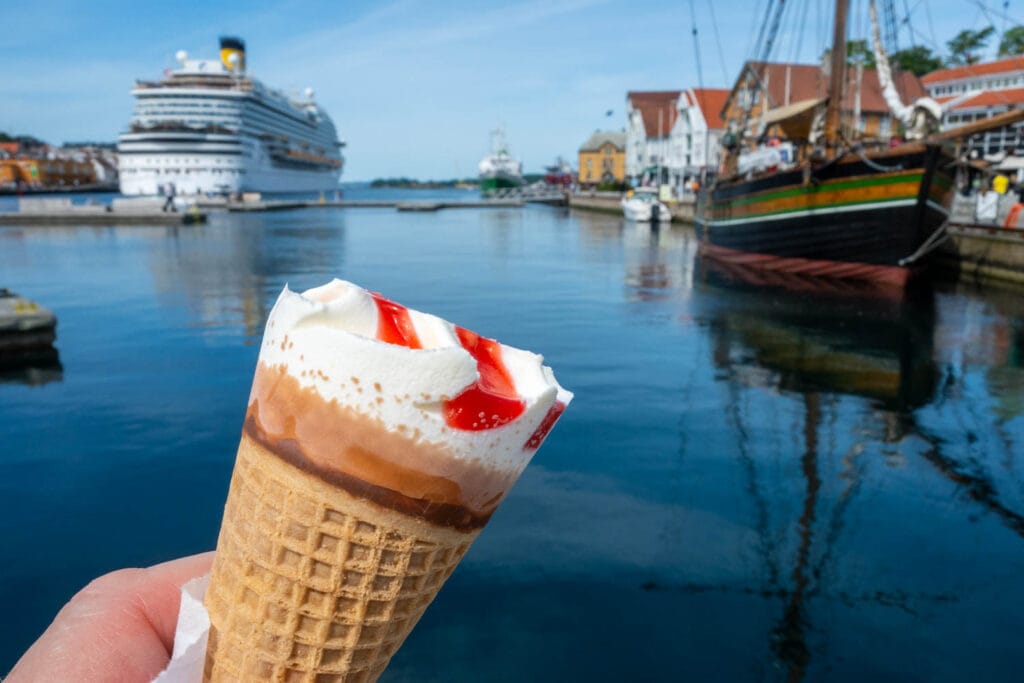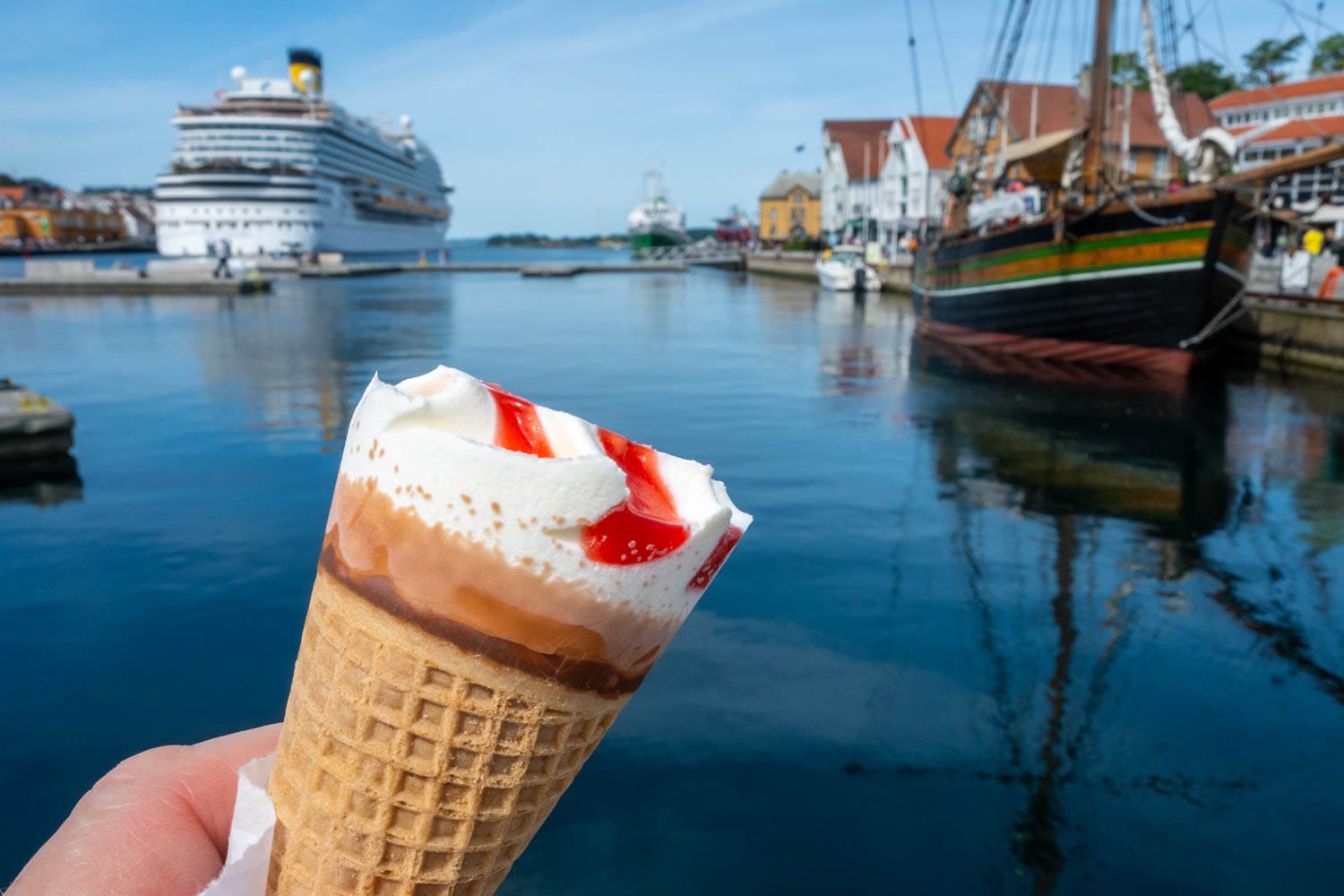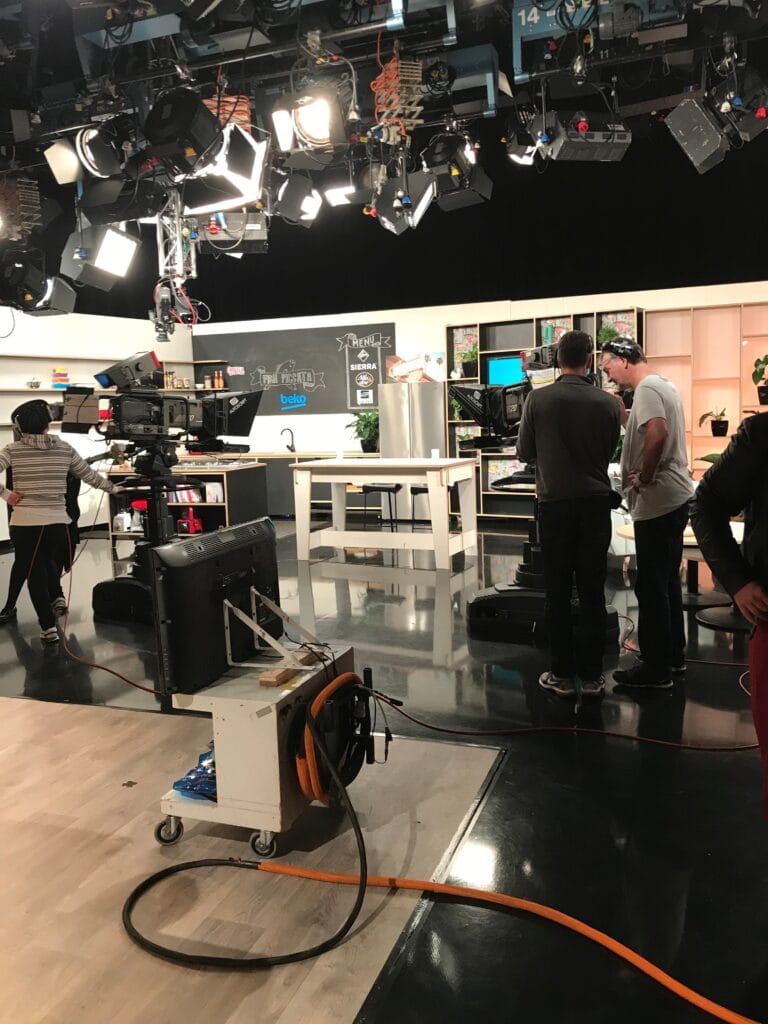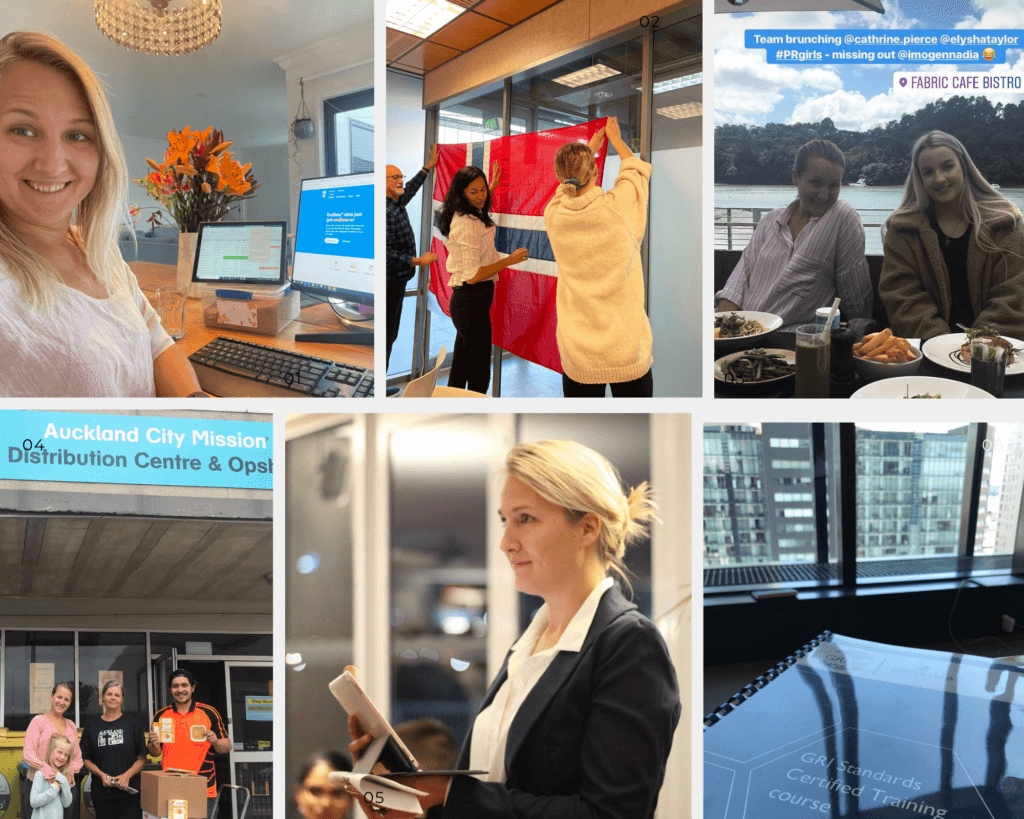Syttende mai – 17th May – is loud, proud, and packed with symbolism. The day somehow singlehandedly manages to create an unmatched sense of unity– in a way that probably only the winter Olympics and women’s handball finals comes close to imitating.
The day is spent (paradoxically) acting in a very un-Norwegian way: smiling and chatting to strangers, dressing up, joining group activities and loud chanting.
As such a definitive point in the Norwegian calendar, we couldn’t help but wonder: what can this iconic day teach us about building a standout brand?

Here are 7 lessons every business can borrow from syttende mai:
1. Own your identity
On 17th May, Norwegians don’t try to be anyone else. From wearing their traditional dress (bunad) to waving the national flag with zero irony, the day is all about celebrating Norway’s cultural image..
The lesson: Strong brands embrace what makes them unique. Don’t try to be everything to everyone or emulate your competition. Define your voice, lean into your strengths, and let your audience connect with the real you.
2. Consistency matters
Every year: same date, same activities, same decorations. You look forward to the ritual of the day, and it never gets old. That’s the power of consistency.
The lesson: Showing up regularly and recognisably is key to brand awareness. Your tone, visuals, and messaging should be as easy to spot as a guy in a bunad…
3. Make people feel part of it
There’s no passive audience on 17th May – everyone’s a participant. Whether you’re marching, watching the parades, having champagne for breakfast, or just carrying a tiny flag, you’re involved.
The lesson: Great brands don’t just talk at their audience; they invite them in. Think community, joint celebration, and co-creation. Build campaigns that make people feel seen, included and part of something bigger.
4. Emotion drives connection
Pride, nostalgia, joy… syttende mai stirs something real. And in a digitally evasive world, real experiences are incredibly powerful. That’s why people come back for it, year after year.
The lesson: Don’t just sell features. Tap into emotions. Tell stories. Create moments where your audience can have human connections.
5. Visuals matter (a lot)
In the weeks leading up to 17th May, most people have been tidying their gardens and put up Norwegian flags. On the day, beautiful bunads, bunting and flowers are everywhere. . It’s designed to be seen, photographed, and remembered.
The lesson: Visual identity isn’t decoration, it’s communication. Strong, consistent visuals tell a story and help your brand stand out.
6. Celebrate success
17th May is a celebration of independence, unity, and national progress. It’s celebrated with pride and positivity. Even janteloven takes the day off work.
The lesson: Don’t be afraid to share wins. Celebrate your milestones, product launches, partnerships and progress. People love a positive story.
7. Brand Alignment
On 17th May, there’s an unofficial rule – kids can eat as much ice cream as they want all day! As a result, in 2023, over 30 million ice creams were sold in Norway during the week of National Day. That’s more than five per person.
The lesson: if you can find a strategic brand alignment then they can be powerful. Finding a route to integrate your brand into your audiences’ experiences can help build loyalty and impact.
In Summary:
If 17th May were a brand, it would be:
✅ Clear in purpose
✅ Consistent in message
✅ Emotionally resonant
✅ Beautifully designed
✅ Wildly popular
Gratulerer med dagen!



